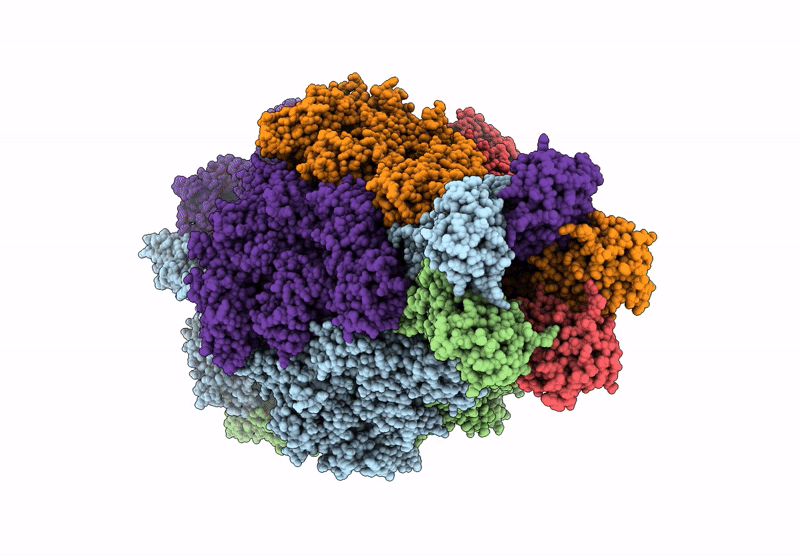
Deposition Date
2020-03-25
Release Date
2020-07-08
Last Version Date
2024-05-22
Entry Detail
PDB ID:
6YEY
Keywords:
Title:
Xenorhabdus nematophila XptA1 in complex with porcine mucosa heparin
Biological Source:
Source Organism:
Xenorhabdus nematophila (Taxon ID: 628)
Host Organism:
Method Details:
Experimental Method:
Resolution:
3.70 Å
Aggregation State:
PARTICLE
Reconstruction Method:
SINGLE PARTICLE


